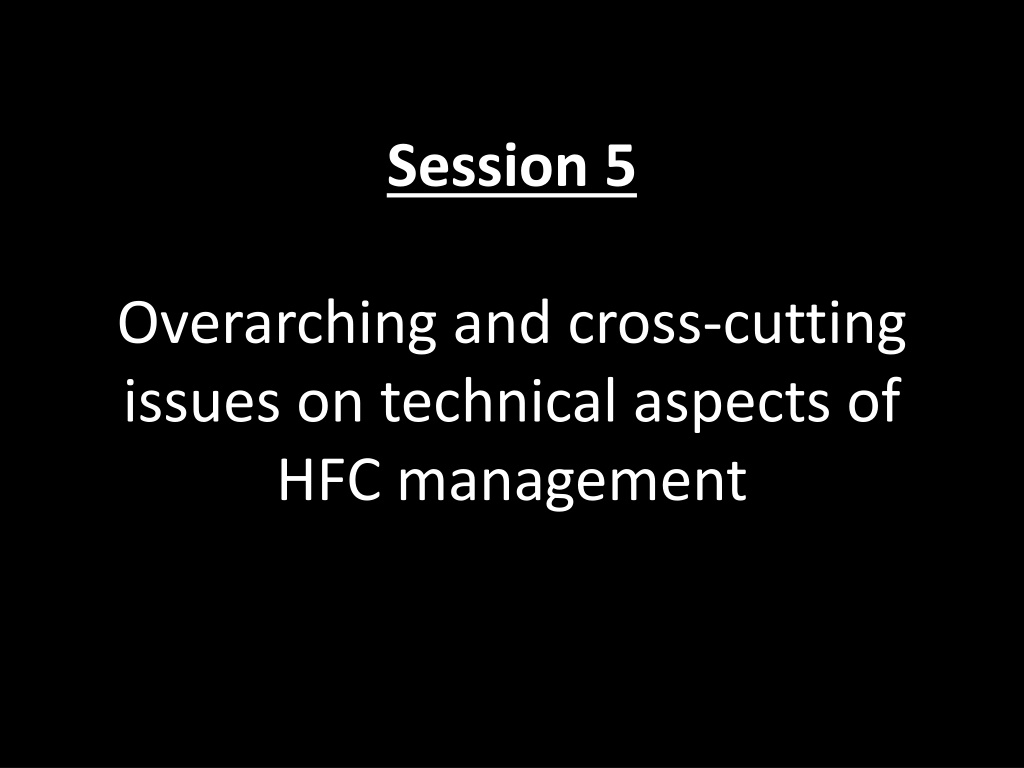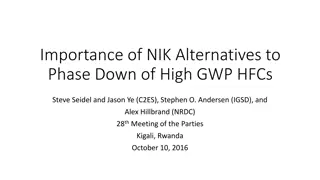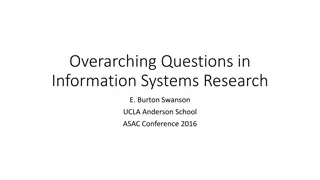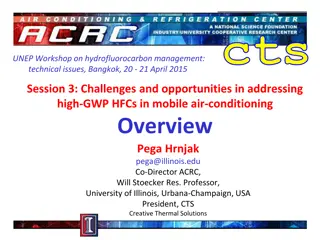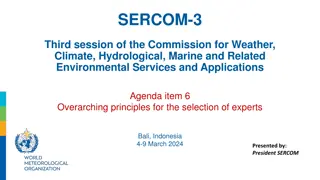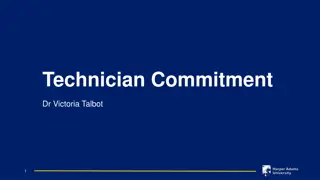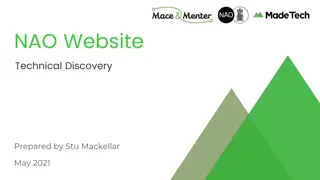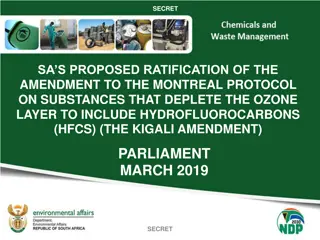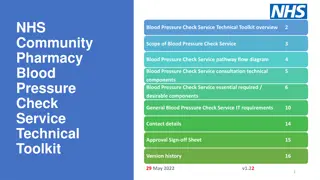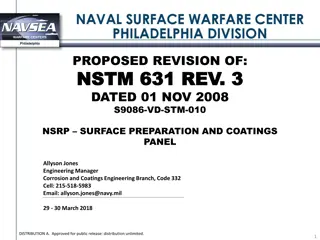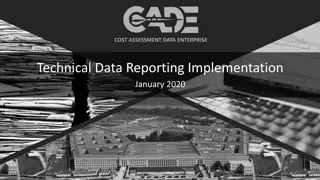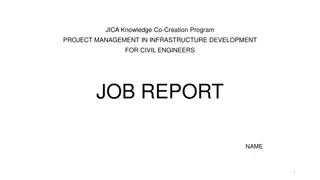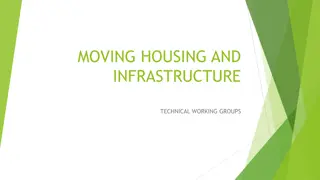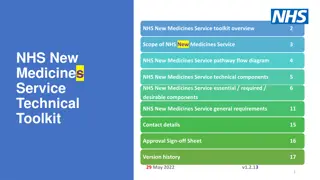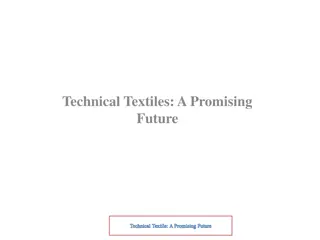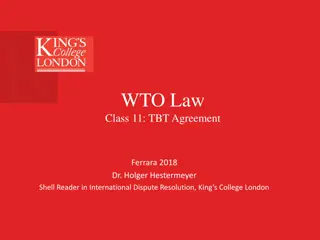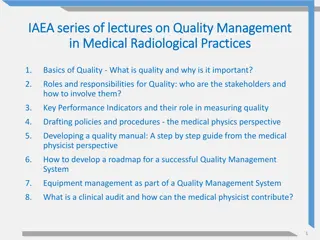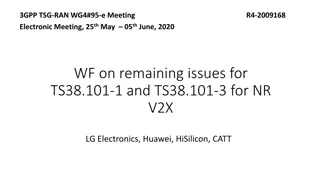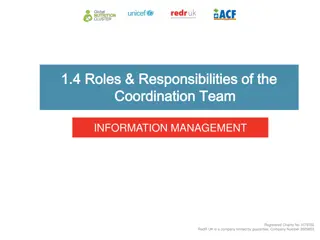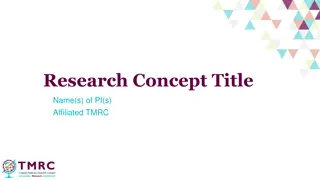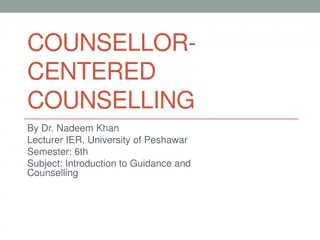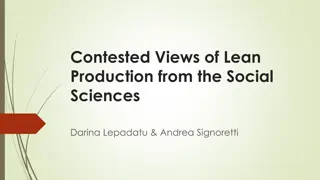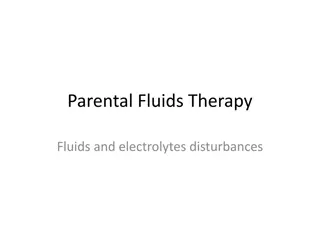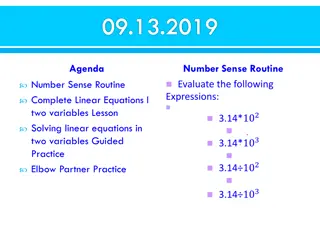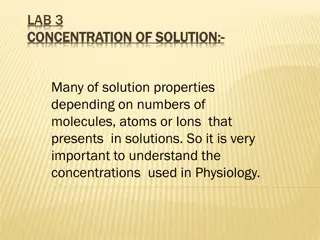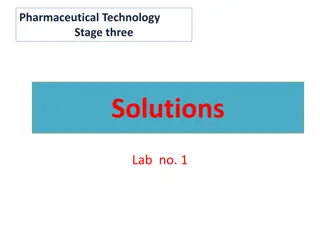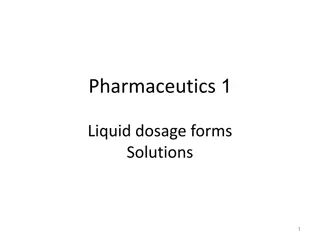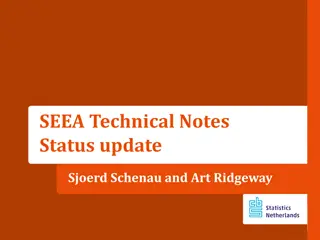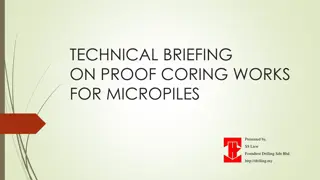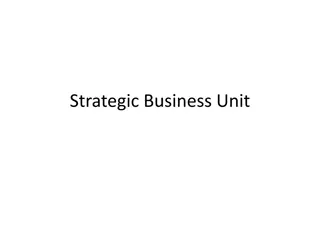Technical Aspects of HFC Management: Overarching Issues & Solutions
Addressing critical technical aspects of HFC management including availability, costs, energy efficiency, flammability, safety standards, leak reduction, and training. Highlighting key areas such as patents, operational costs, and energy efficiency to drive innovation and sustainability in refrigerant alternatives.
Download Presentation

Please find below an Image/Link to download the presentation.
The content on the website is provided AS IS for your information and personal use only. It may not be sold, licensed, or shared on other websites without obtaining consent from the author. Download presentation by click this link. If you encounter any issues during the download, it is possible that the publisher has removed the file from their server.
E N D
Presentation Transcript
Session 5 Overarching and cross-cutting issues on technical aspects of HFC management
Overview Availability & Costs IPR issues Energy Efficiency Issues related to High ambient temperatures Flammability and safety standards Leak reduction, recovery and reuse Training, tools and capacity building
Availability & Costs Suites of alternatives in many sectors many options fluorinated and naturals different trade-offs -- from many players multiple refrigerant for multiple applications; different time period for different regions R&D and adaptation important for A5 countries In some sectors technology is still evolving; will take more time AC in high ambient conditions Preference for one time transition in A5 countries Legislative & Regulatory signal is important for technology innovation, adaptation and maturity
Availability & Costs Operating Costs higher for patented chemicals; capital higher for systems using flammable systems; in many applications and gases costs can be reduced Costs will come down with market penetration; as happened in Europe where in many applications alternatives have become more cost effective Availability and costs will also be impacted by industry s initiatives and domestic legislations in EU, Japan etc.
Intellectual Property Rights Patents have not been a major issue in the past MLF paid incremental cost for technology transfer IPR could be more important in HFC phase-down Limited monopoly and patent thicket implications on costs and availability -- important to navigate Regulatory certainty required for competition and different alternatives to develop and drive down prices of patented products Understanding required on how MLF will facilitate fair and favorable technology transfer; what will it pay and how will the cost of transition be shared
Energy efficiency Greater recognition to invest in energy efficiency to maximize climate benefit of moving away from high GWP gases. Recognition of the use of LCCP and other life cycle tools to make technology choices. Investments happening in A5 and NA5 in energy efficiency improvements regulatory, market. Possibility to plug-in low GWP alternatives in these investments.
High Ambient Temperatures Alternatives like R290 found suitable and efficient in HAT; need to examine non-fluorinated solutions seriously in AC applications Significant scope for not in kind technologies as well large applications. Main challenge is to balance energy efficiency and maximum refrigerant charge limits for safety. Careful design of the equipment -- heat exchangers to increase heat transfer and to reduce the condensing temperature; ATEX certified high efficiency compressors, safety systems etc. Implementing national safety standards in HA countries.
High Ambient Temperatures Significant scope for Not in kind technologies like solar driven absorption chillers due to match between load profile and optimal solar radiation. But costs high pay back period of 7-15 yrs. Learning, innovation and scale will bring down the costs further. Need time and support to adopt the low GWP in the AC equipment -- R&D for design, components selection & certification, demonstration and training
Flammability and safety standards Revisiting charge/flammability standards for HC found to be restrictive Harmonization of standards restricting markets Risk assessment as complementary to safety standards Development and implementation of standards in A5 countries
Leak reduction, recovery and reuse Leakage from existing equipment important to reduce ozone and climate impacts; end of the life management equally important Need for domestic legislation on preventing venting, leakage reduction, recovery, reuse and destruction.
Training, tools and capacity building Formalization of servicing sector will become important as we move towards low GWP Trained technicians required for handling flammable refrigerants, recovery/ recycling; retrofitting/ conversion; implementing safety standards Regulations, training and certification of technicians A5 countries will require infrastructure (reclaiming and destruction facility)/ tools for leakage management, recovery and recycling
